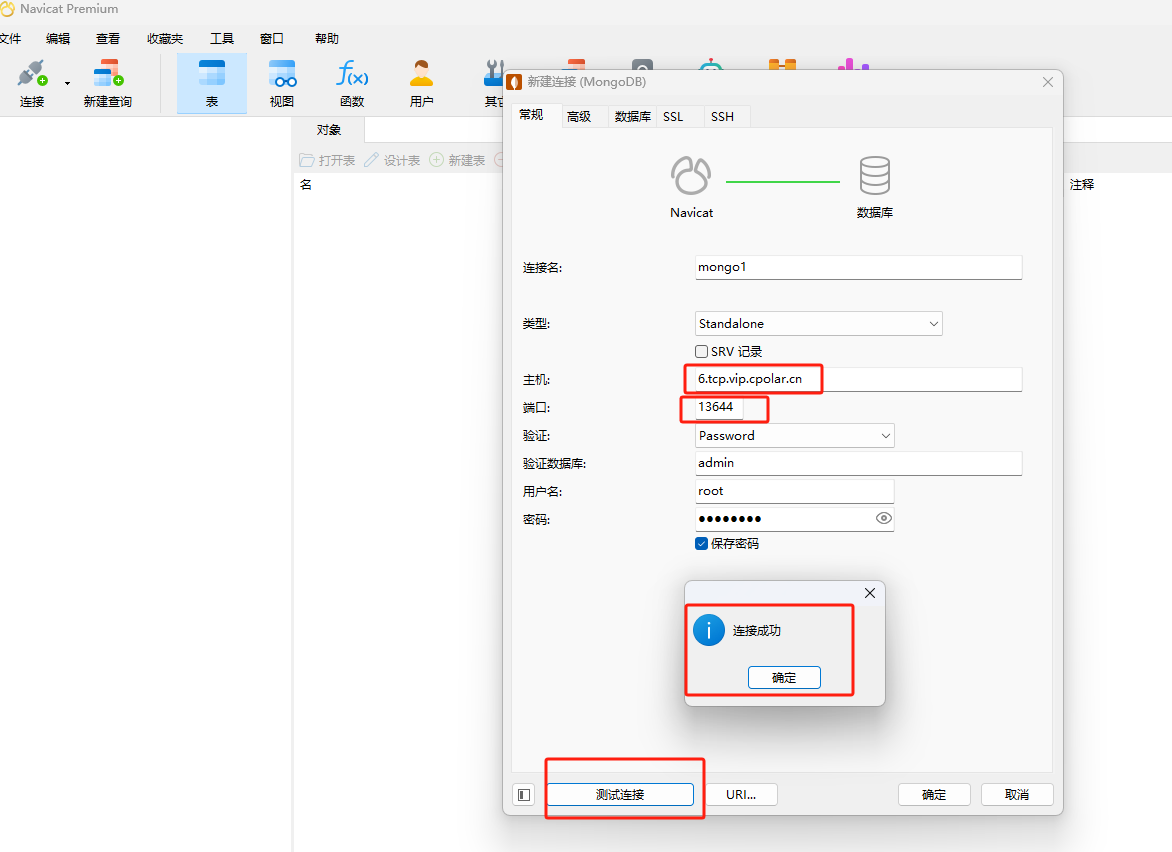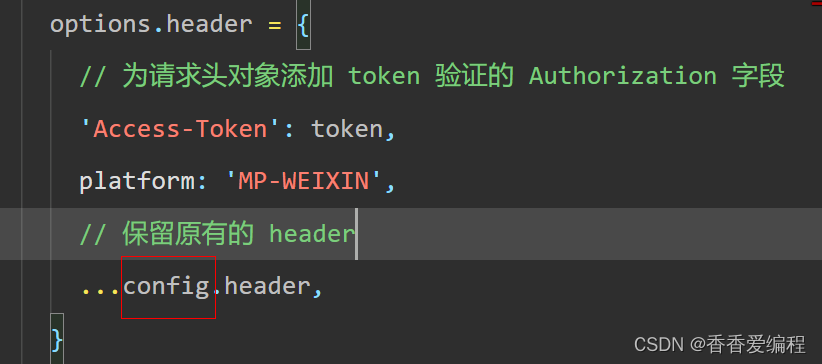目录
1 114. 二叉树展开为链表
2 105. 从前序与中序遍历序列构造二叉树
3 437. 路径总和 III
菜鸟做题(即将返校版),语言是 C++
1 114. 二叉树展开为链表
题眼:展开后的单链表应该与二叉树 先序遍历 顺序相同。
而先序遍历就是指,先遍历左子树,再遍历右子树。题意所说的展开,无非就是让左子树插队到右子树的前面去。
解题思路:采用递归,对于每个节点,先将它的左子树链到右侧去,再让右子树链到左子树的后面。
思路说明图:

对于节点 “1”,绿色部分为其左子树,黄色部分为其右子树。我们需要做的就是:先将左子树链到 “1” 的右侧去,再让右子树链到左子树的后面。对于节点 “2”,同理。
class Solution {
public:
void flatten(TreeNode* root) {
if (!root) return;
TreeNode * p = root->left;
if (p) {
while (p->right) {
p = p->right;
}
TreeNode * q = root->right;
root->right = root->left;
root->left = nullptr; // heap-use-after-free on address 0x503000000138
p->right = q;
}
flatten(root->right);
}
};说明:为了能使右子树链到左子树的屁股后面,我们需要找到左子树的屁股,代码如下。
while (p->right) {
p = p->right;
}坑点:题目中说 “左子指针始终为 null”,即移走左子树后,要把左子指针置为空指针,代码如下。
root->left = nullptr; // heap-use-after-free on address 0x503000000138否则会出现注释中的报错。
2 105. 从前序与中序遍历序列构造二叉树
遍历特点:
- 前序:根节点 << 左子树 << 右子树
- 中序:左子树 << 根节点 << 右子树
因此,preorder 和 inorder 数组中的元素也呈现出上述排列规律。
思路说明图:
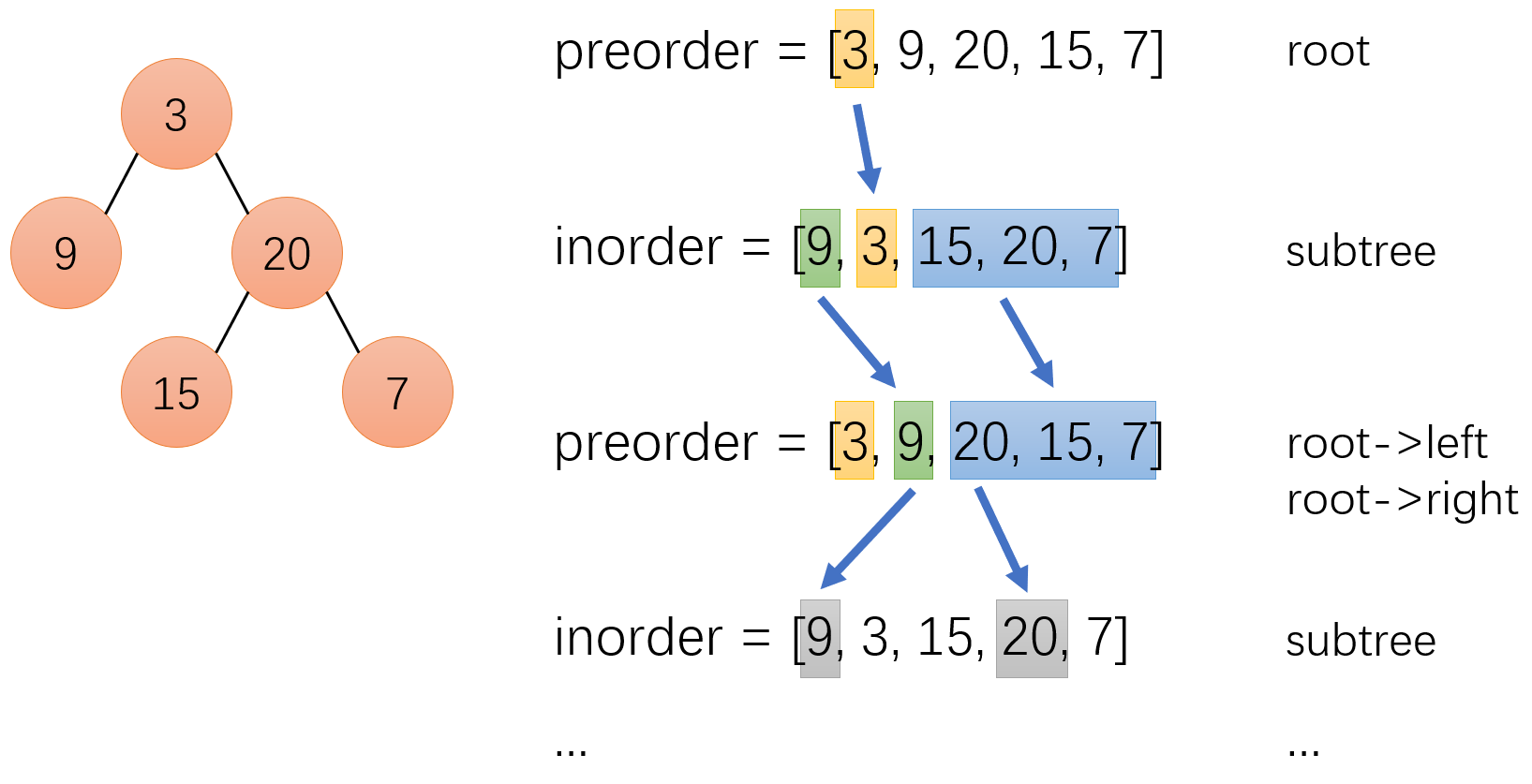
对于 preorder 数组,根据遍历特点,显然最左侧的 “3” 是根节点(root)。但是,我们无法根据 preorder 数组得知 “3” 的左子树和右子树分别是哪两坨。这时,inorder 数组就派上用场了。我们在 inorder 数组中定位 “3”,根据遍历特点,“3” 的左侧部分就是左子树(“9”),右侧部分就是右子树(“20” “15” “7”)。
现在,我们知道 “3” 的左子树和右子树分别是什么了,以及它们各自的长度。由此,我们可以在 preorder 数组中得到 “3” 的左子树和右子树所处的区间,即上图中的 绿色 部分和 蓝色 部分。又根据遍历特点,我们知道 绿色 部分的最左侧是左子树的根节点(root->left),蓝色 部分的最左侧是右子树的根节点(root->right)。
以此类推,构造整个二叉树。
综上,preorder 数组的作用是定位各个根节点,inorder 数组的作用是定位左子树和右子树。
参数说明:
- pre_left、pre_right:当前子树在 preorder 数组所处的区间
- in_left、in_right:当前子树在 inorder 数组所处的区间
- sub_ltree:左子树长度,帮助定位左子树区间
class Solution {
public:
vector<int> preorder, inorder;
unordered_map<int, int> hash;
TreeNode * helper(int pre_left, int pre_right, int in_left, int in_right) {
if (pre_left > pre_right) return nullptr;
int pre_root = pre_left;
int in_root = hash[preorder[pre_root]];
int sub_ltree = in_root - in_left;
TreeNode * node = new TreeNode(preorder[pre_root]);
node->left = helper(pre_left + 1, pre_left + sub_ltree,
in_left, in_root - 1);
node->right = helper(pre_left + sub_ltree + 1, pre_right,
in_root + 1, in_right);
return node;
}
TreeNode* buildTree(vector<int>& arr1, vector<int>& arr2) {
int n = arr1.size();
preorder = arr1;
inorder = arr2;
for (int i = 0; i < n; ++i) {
hash[inorder[i]] = i;
}
return helper(0, n - 1, 0, n - 1);
}
};3 437. 路径总和 III
关键字:深度搜索(先序遍历)+ 前缀和
我百度了一下,说它俩是一个意思。我觉得采用先序遍历是因为,它每次都是沿着一条直线去遍历的,而不是像中序遍历那样跳着遍历的。因此,先序遍历更符合题意。
思路说明图:路径 “5, 3” 的和可以看作是路径 “10, 5, 3” 的和减去路径 “10” 的和,也就是可以转换为字符串那一节的前缀和问题。

这里说的前缀是指以根节点为开始的路径,而前缀和就是各个前缀的路径和。
具体解法:
① 定义变量
- hash 用于存放各个前缀的路径和
- total 用于记录当前加总出的路径和
- count 用于记录符合条件的路径和的个数
② 查询符合条件的路径和
if (hash.count(total - targetSum)) {
count = hash[total - targetSum];
}就是在 hash 表中寻找,是否有前缀的路径和与当前路径和的差为 targetSum 值。
③ 先序遍历
hash[total]++;
count += helper(root->left, total, targetSum);
count += helper(root->right, total, targetSum);
hash[total]--;在走向下一个节点之前,先把当前路径和存入 hash 表中,因为它是前缀和。同时,当基于这条路径的所有路径都被遍历完毕后,要把这条路径的路径和移出 hash 表,即 hash[total]-- 。
比如,我们遍历完了节点 “3” 及其左右子树,接下来就该遍历 “5” 的右子树了。而 “5” 的右子树不会经过路径 “10, 5, 3” 。因此,在节点 “3” 发现自己的左右子树被遍历完时,“3” 就应该回收以自己为终点的路径 “10, 5, 3” 了。
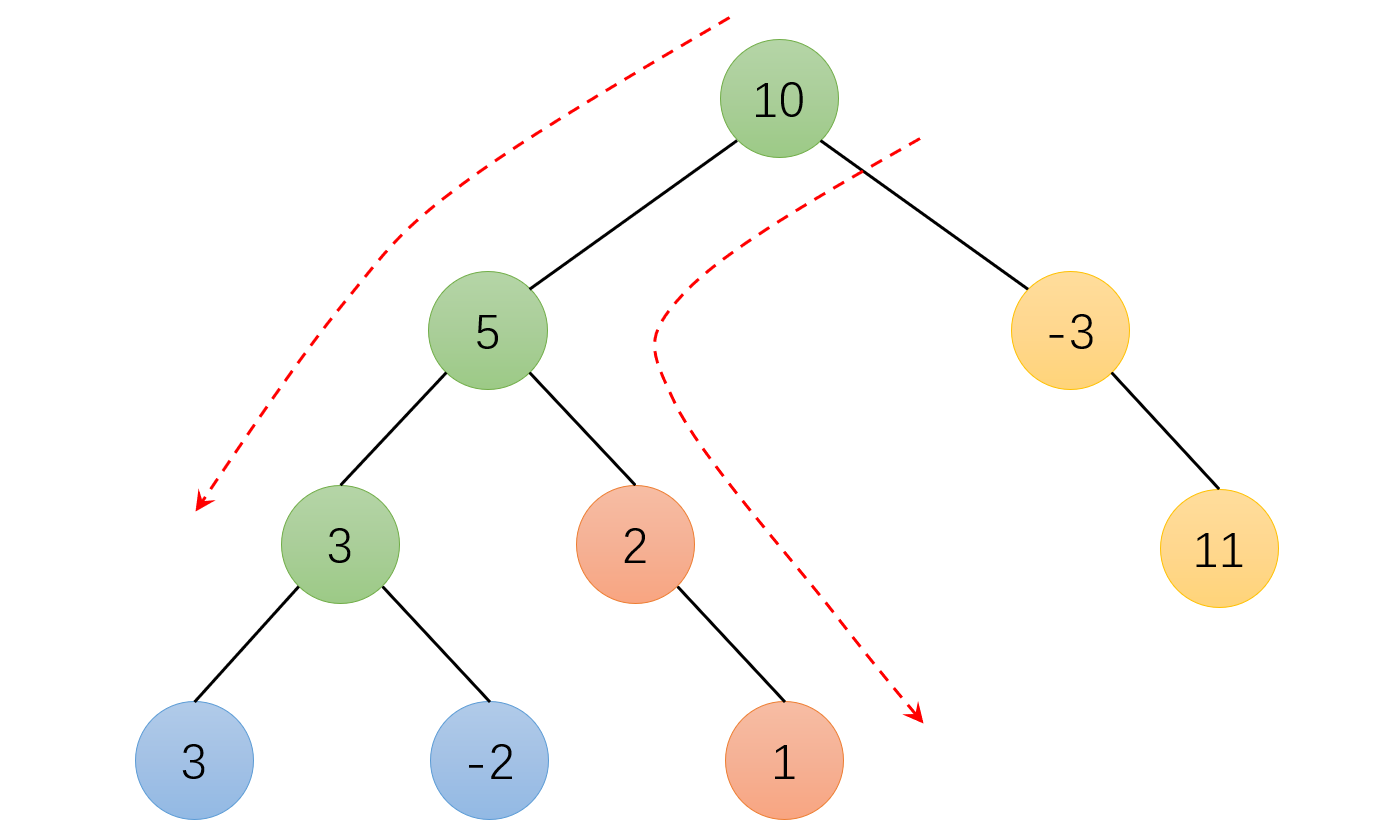
class Solution {
public:
unordered_map<long, int> hash;
int helper(TreeNode * root, long total, int targetSum) {
if (!root) return 0;
int count = 0;
total += root->val;
if (hash.count(total - targetSum)) {
count = hash[total - targetSum];
}
hash[total]++;
count += helper(root->left, total, targetSum);
count += helper(root->right, total, targetSum);
hash[total]--;
return count;
}
int pathSum(TreeNode* root, int targetSum) {
hash[0] = 1;
return helper(root, 0, targetSum);
}
};说明:下述代码是为了处理前缀本身的路径和等于 targetSum 的情况,也就是它(被减数)不需要和另一个前缀(减数)做减法。这里用路径和为 0 来表示减数,否则这种情况会被忽略。
hash[0] = 1;题外话:虽然 count 变量在每一次递归中都是重新定义的,但是因为它是返回值,所以还是能起到计数器的作用。而 total 变量是作为参数一层一层传下去的,所以它也能起到计数器的作用。



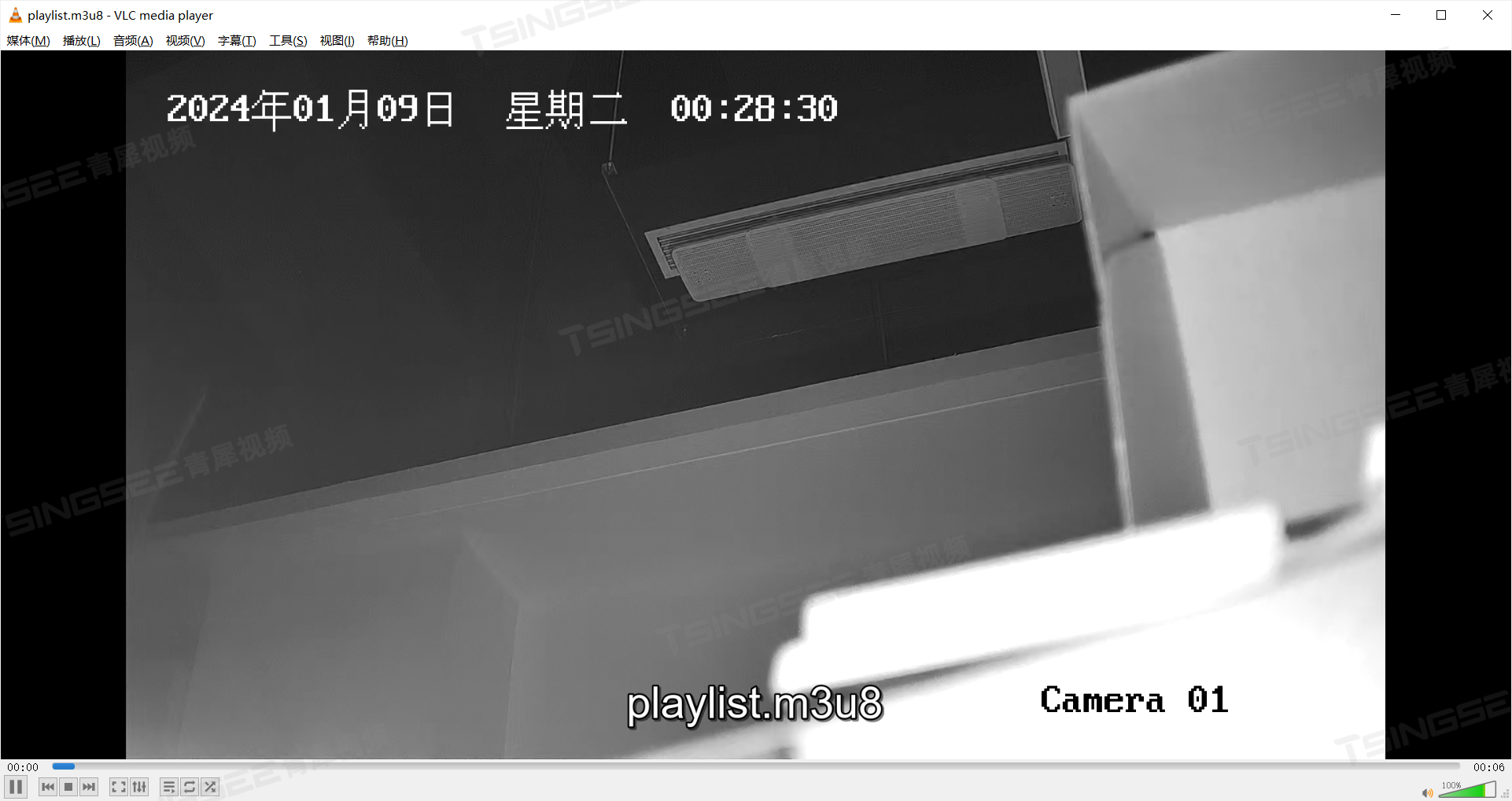

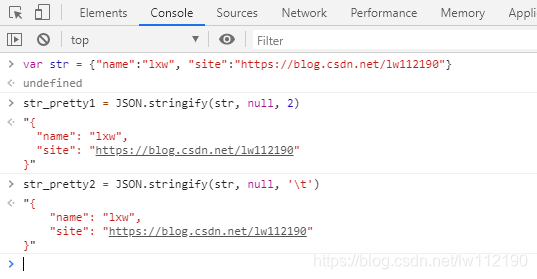
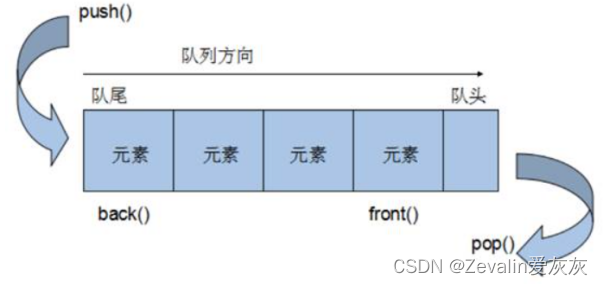

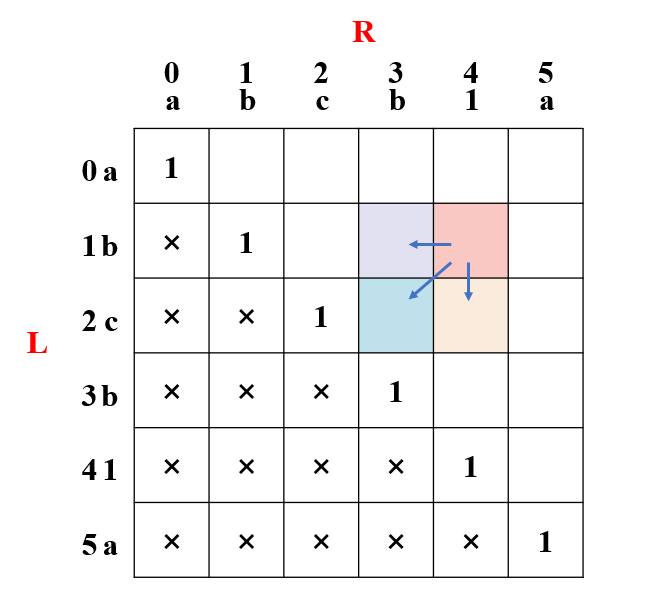

![P2670 [NOIP2015 普及组] 扫雷游戏 ---- 洛谷](https://img-blog.csdnimg.cn/direct/5ea50e67939c407ba5fa4dc21f2f5964.png)





